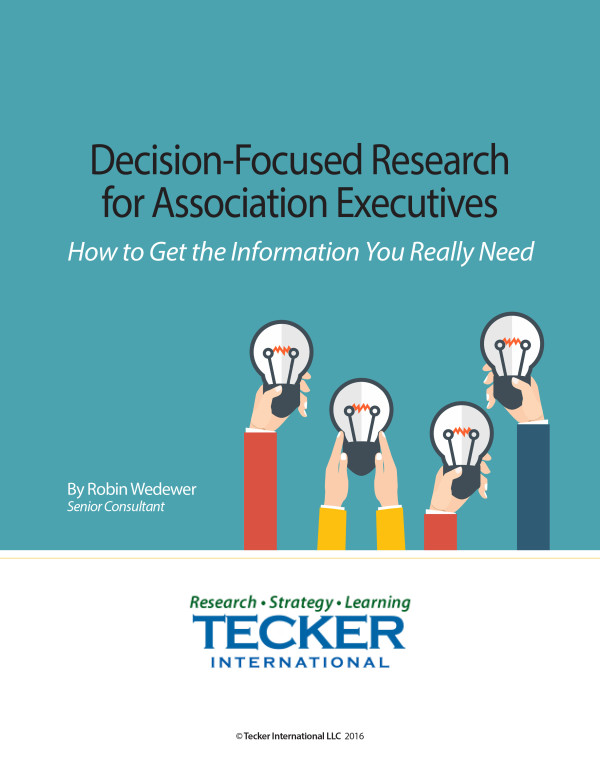Recently, Glenn participated in an exchange about an Associations Now article on a report about associations lagging behind member needs on personalization issues. We predict technology strategy will be a top issue for associations in 2018 so we thought it was worthwhile to share Glenn’s insights with you.
We have the opportunity to work with for-profit, nonprofit and public organizations of all sizes. Our observation is that most associations are equal or superior to companies or agencies of similar size and capacity in most aspects of technology. In many ways, it is the big, pervasive, and financially well-endowed corporations that are creating the user expectations referenced in the study. The web is not always as much a “leveler of the playing field” as it is often hyped to be.
No association should expect to compete with Google, Amazon, Facebook, Linked-In Apple, Twitter, or Nordstroms or Walmart. Almost all associations must compete on the basis of differentiation and perceived value; not cost and scale. Resource and capacity are real limitations; not artificial barriers easily overcome.
We have found two somewhat subtle principles applied in the most successful digital strategies:
- technology investments are able to easily demonstrate increased value to the member; and
- the investment supports the shared understandings, values, and commitments that constitute the commonness of the community.
The loss of that distinguishing character and competitive advantage usually puts an association in direct competition with multiple other vendors with far greater capacity and resources.
The unintended consequences of over-personalization and hyper-customization can be dilution of the common bonds of information, knowledge, and experience that bond a profession or industry into an association community.
We find that a digital strategy needs to be part of a well-conceived strategic plan focused on mission and member value. The fiscal manifestation of that plan needs to include a staged technology investment strategy. Members may be impatient in their expectations, but their actual behavior is still often cautious. Aligning the pace of change in your association’s culture with the pace of change in your members’ world is part of the “secret sauce” of successful association leadership. For the vast majority of nonprofits, innovation and transformation will be evolutionary; not revolutionary.
(We examine how leaders are earning the understanding and support for such initiatives in ASAE’s 2018 CEO Symposium Series.)


